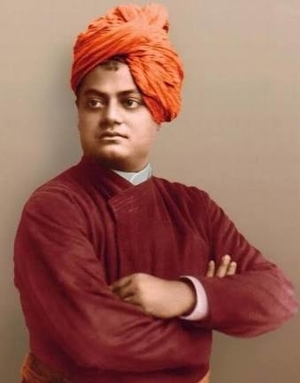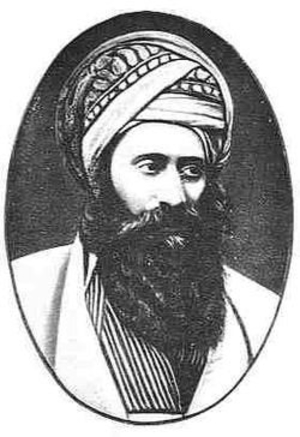
| TURBAN IN DIFFERENT RELIGIONS 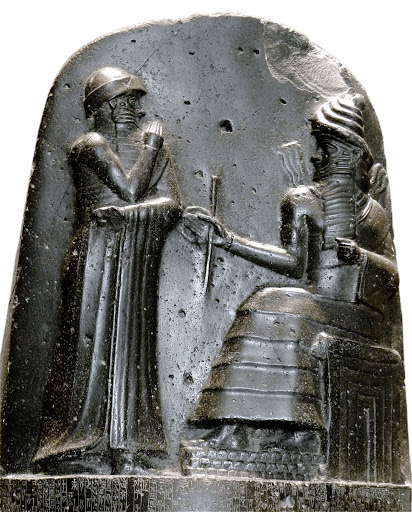
Sumerians
Vedic Aryan 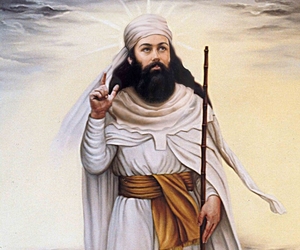
Zoroastrianism
Judaism 
Christianity
Islam 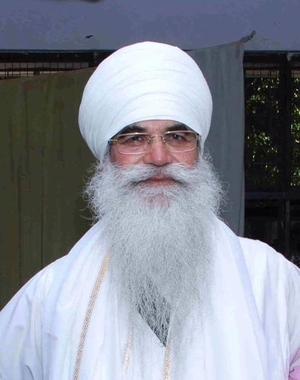
Sikhism Vedic Aryans are Sumerian Aryans.
To know more about Sumerians Click here.
To know about starting of Turban in different religions we have to study one the ancient Vedic Aryan scriptures known as Veds.
Since, for guidance we are left with one of the oldest scriptures in the world known as Veds, when we search in the Veds we get the answer on how wearing robes started in different religions.
There are total 4 Veds :
Above dates are related to completion of Veds.
a) Shukla Yajur Ved Kanva Shakha (branch) :
1. Book the Sixteenth :
22. To the turban-wearing haunter of mountains, Lord of land-grabbers homage! Homage to you who bear arrows and to you who carry bows. Homage to you with bent bows, and to you who adjust your arrows, to you who draw the bow and to you who shoot be homage !
2. Rajasuya Khand Chapter 1, Brahmana IV :
12. On the next day, at the house ofthe messenger (palagala), he offers ghee oblation to the pathway (saying) “May the way graciously accept the ghee Svdha. For, the messenger is to be despatched and when despatched he goes on the way. He, the messenger is indeed one of his jewels. Hence he is consecrated by him. He makes him loyal to himself. A bow sewed over with skin, leathern quivers and a red turban are the daksina for this. For that is what belongs to him (messenger).
3. Rajasuya Khand Chapter 2, Brahmana IV :
17. Then he causes to wear a turban with its edges hanging over the chest and tucked together and concealed (at the navel) (saying) “Thou art the navel of Ksatra”. It is indeed the navel of martial power. From that which is the navel of Ksatra, he causes him to be bom.
4. Chapter 6, Brahmana IV :
7. “May the eight-footed spread along the worlds—Svakd"—This sacrifice is afflicted because it is exceeding. The affliction of the sacrifice is followed by the affliction of the Yajamana and following Yajamana, the creatures (become afflicted) . So this blessing is sought for the Yajamana only. He does not get afflicted when he says "May the eight-footed spread along the worlds". Now he covers the head with a cloth (turban) or a tree-bark. After doing the cooking of the pasu, he keeps (the head) by its side. ‘Verily, O Maruts, in whose so ever house you drink, the heroes of the sky, he is the best-protected man’. Those who eat in houses are people (common folk) and Maruts are people. So he establishes it in Maruts themselves, or between the heaven and earth (saying) "The great Heaven and Earth mav mix this our sacrifice and enrich us with nourishments". This is one extra (rite) and nothing exceeds the heaven and earth. So he establishes between these Heaven and Earth. Thus, even though it is an extra, it does not become one in excess. (Fourth Brahmana Ends)
To download the Shukla Yajur Ved Complete Kanva Shakha (branch) Pdf to know about the above mantra Click here.
1. Chapter XVI :
22. Homage to the turban-wearing villager, the haunter of mountains, the suppressor of the evil-minded dacoits. Food to you who bear arrows and to you who carry bows. Homage to you who add to our happiness, and take up arms against foes. Food to you who dissuade the wicked from evil deeds, and homage to you who use arms against them.
2. Chapter XXXVIII :
3. O woman, thou art constant bestower of knowledge, a turban for supreme state politics, a protector like the Earth, dedicate thyself to pleasant domestic life.
To download the Shukla Yajur Ved Pdf to know about the above mantra Click here.
1. Book 15 Hymn II :
He arose and went his way to the eastern region. The Brihat, the Rathantara, the Adityas and all the Gods followed him. That man is alienated from the Brihat, the Rathantara, the Adityas, and all Gods who reviles the Vratya who possesses this knowledge. He who hath this knowledge becomes the beloved home of the Brihat, the Rathantara the Adityas, and all the Gods. In the eastern region Faith is his leman, the hymn his panegyrist, knowledge his vesture, day his turban, night his hair, Indra's two Bays his circular ornaments, the splendour of the stars his jewel. Present and Future are his running footmen, mind is his war-chariot, Matarisvan and Pavamana are they who draw it, Vita is his charioteer, Storm his goad, Fame and Glory are his harbingers. Fame and Glory come to him who hath this knowledge.
He arose and went away to the southern region. Yajnayajniya and Vamadevya and Sacrifice and Sacrificer and sacrificial victims followed him. The man who reviles the Vratya possessing this knowledge is alienated from Yajnayajniya and Vamadevya, Sacrifice, Sacrificer and sacrificial victims. He who hath this knowledge becomes the beloved home of Yajnayajniya,Vamadevya, Sacrifice, Sacrificer, and sacrificial victims. In the southern region Dawn is his leman, Mitra his panegyrist, knowledge his vesture, day his turban, night his hair, Indra's two Bays are his circular ornaments, New Moon Night and Full Moon Night are his running attendants, Mind, etc. as in stanza 1.
To download the Atharv Ved Pdf to know about the above mantra Click here. |
